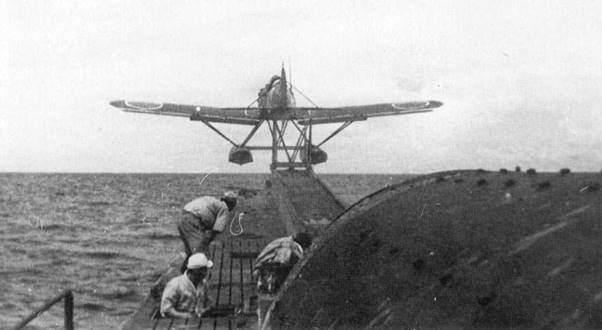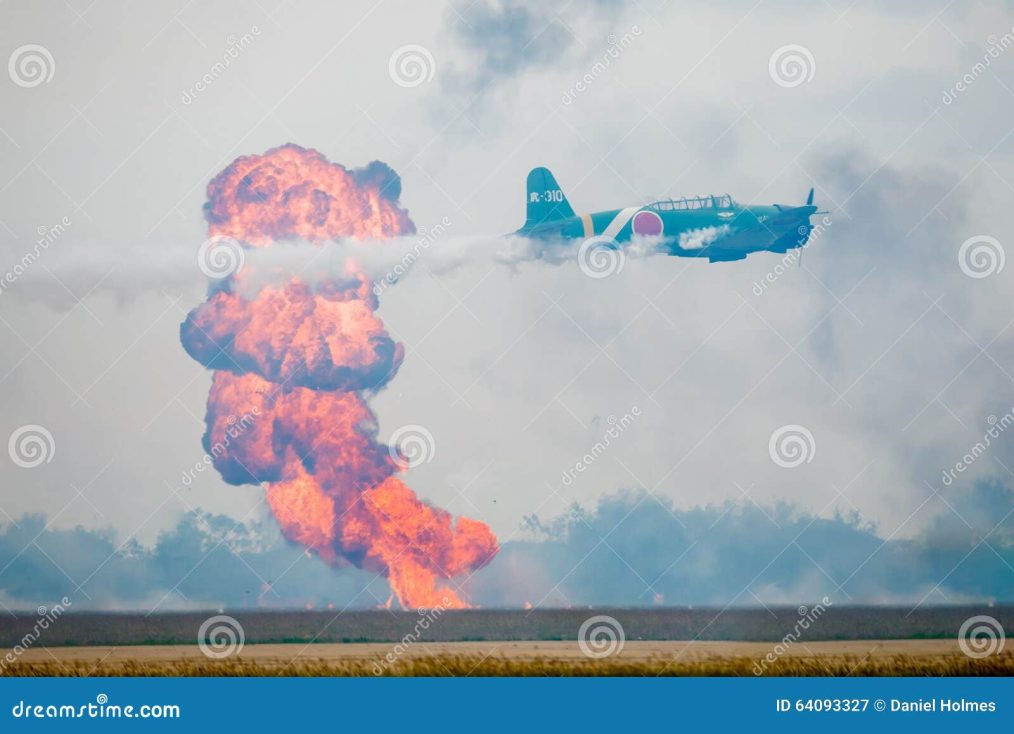The term “Battle for Australia” encompasses the period during World War II when Japan directly threatened the Australian mainland, leading to significant military and civilian efforts to defend the country. This period included several key events and battles from 1942 to 1943.
History
Direct Attacks on Mainland Australia:
After the fall of Singapore on 15 February 1942, Japanese forces launched two significant air raids on Darwin, Northern Territory, on 19 February 1942. These attacks marked the first and largest direct assaults on Australian soil, causing extensive loss of life and damage. Over 230 people were killed, numerous ships were sunk, and infrastructure was heavily damaged.
Battle of the Coral Sea:
In May 1942, the Battle of the Coral Sea took place in the waters northeast of Australia. This was a crucial naval engagement between the Imperial Japanese Navy and Allied forces, primarily the United States and Australia. It was significant for being the first aircraft carrier battle in history and for halting the Japanese advance toward Port Moresby, which was critical in maintaining supply lines between the United States and Australia.
Papua New Guinea Campaign:
From July to September 1942, the Japanese advanced along the Kokoda Track in Papua New Guinea, aiming to capture Port Moresby. Australian forces, comprised largely of militia units and supported by American air power, successfully halted the Japanese advance in harsh jungle terrain. Key battles at Kokoda and Milne Bay marked the first land defeats of Japanese forces during the war.
Japanese Submarine Attacks:
Japanese submarines patrolled Australia’s eastern coast, culminating in the attack on Sydney Harbour on 31 May 1942. Three midget submarines infiltrated the harbor, with one successfully torpedoing the depot ship HMAS Kuttabul, resulting in the deaths of 19 Australian and two British sailors. The submarines continued to menace shipping along the coast until June 1943.
Ongoing Air Raids:
Darwin and other northern Australian towns, such as Broome, Port Hedland, Derby, Katherine, and Townsville, faced repeated air raids. Darwin alone endured more than 60 bombing raids until November 1943, causing additional casualties and destruction.
Military and Civilian Efforts:
Australia mobilized over half a million personnel across the Navy, Army, Air Force, and women’s services to defend the nation. Civilians played a critical role by working in industries supporting the war effort and adhering to wartime regulations, including rationing and movement restrictions.
Sydney Under Attack
On the night of 31 May 1942, Sydney Harbour came under attack from three Japanese midget submarines. The assault resulted in the sinking of HMAS Kuttabul, killing 19 Australians and two British sailors. One torpedo failed to explode, grounding on rocks near Garden Island. Another torpedo was recovered from a sunken submarine and is now displayed at the Australian War Memorial. This attack underscored the immediate threat to Australia’s major cities and coastal areas.
Darwin Air Raids
Darwin’s first air raid on 19 February 1942 was the most severe, intended to cripple the town’s infrastructure and military capabilities. This raid, along with subsequent attacks, resulted in over 250 deaths and widespread damage. Other northern towns such as Broome, where around 70 people, including Dutch civilians and American military personnel, died, also faced aerial bombardments. The persistent air raids extended until November 1943, marking a prolonged period of threat from Japanese forces.
Fast Facts
Important Dates:
- Battle for Australia Day: First Wednesday in September, commemorating all battles for Australia’s defence during 1942–1943.
- Key Battles:
-
- Midget submarine attack on Sydney: 31 May/1 June 1942
- Air raids on Darwin: Starting 19 February 1942
- Battle of the Coral Sea: 4–8 May 1942
- New Guinea Campaign: January 1942 to August 1945, including significant battles at Kokoda, Milne Bay, Wau, Huon Peninsula, Wewak, and Bougainville.
Casualties:
- Sydney Harbour Attack: 19 Australian and two British sailors killed on HMAS Kuttabul.
- Darwin Air Raids: Over 250 casualties from various nationalities.
- Papua New Guinea Campaign:
-
- Kokoda: More than 600 Australians died, over 1,000 wounded.
- Milne Bay: Over 160 Australians killed or missing, more than 200 wounded.
The Battle for Australia represents a critical chapter in the nation’s history, highlighting the resilience and determination of its military and civilian populations during World War II.












